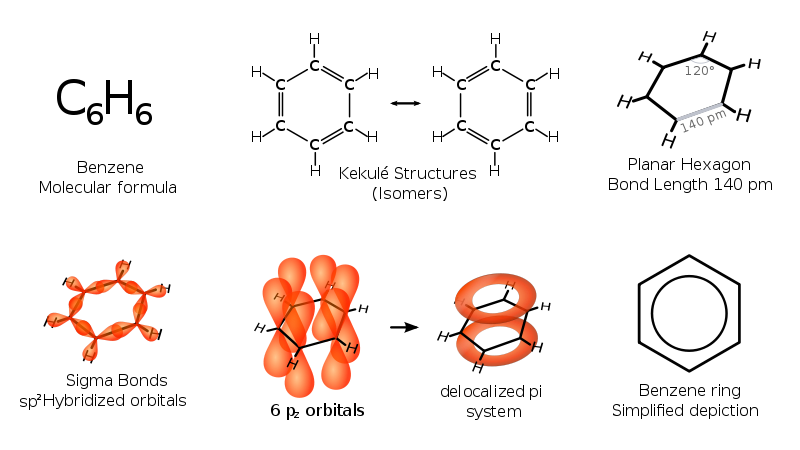This isn’t the flippant question it may look like.
“Colour” is a property of subatomic particles, a lot like electrical charge. It has absolutely nothing to do with colour in the normal sense. Just as charge leads to interactions via electromagnetic forces, so colour leads to interactions via so-called strong forces.
Taking that back another step: there are four fundamental forces of nature. The two of them that you are extremely familiar with are the electromagnetic and gravitational forces. These are long-range forces; they act over large distances. The other two, the weak and strong forces, act on the atomic and subatomic scale, so you only encounter their effects in a very indirect way. The strong force is particularly important as it’s the force that sticks the protons and neutrons in the nuclei of atoms together. (You wouldn’t otherwise expect nuclei to stick together; the electromagnetic interactions are between positively charged protons, so they are repulsive, and gravity is far too weak to fight against this. In fact, the strong force gets its name because it needs to be very strong to hold nuclei together.)
Charges come in two types: positive and negative. The charges give rise to electromagnetic fields, which in turn result in electromagnetic forces being exerted on other objects with charge.
Colour is a little different: it comes in three types. This is why the “colour” label is so convenient; our eyes see in combinations of three colours. Colour displays use three colours. So, colour’s equivalent to positive and negative are labelled as red, green, and blue.
This doesn’t mean that a “blue” particle is blue in any visible sense, it’s just a label.
The strong field produced by a particle of some colour gives rise to an attractive force acting on particles of the other two colours, and a repulsive force acting on quarks of the same colour.
Antimatter particles come in slightly different colours. Where the anti-charge is just the charge of the opposite sign, (e.g. an antielectron is the positively charged positron) anti-colour is… well, anti-colour. The anti-particle of something red would be antired, which is different from blue or green. Coloured particles clump together to make bigger particles in a way that makes the bigger particle “white”, by making red-green-blue (or antired-antigreen-antiblue) trios or by pairing a colour and its anticolour.
Not all particles have colour, just as not all particles have charge. Things without colour are called colourless.
Only two groups of particles do have colour: quarks and gluons. Quarks are the fundamental particles which stick together in trios to make things like protons and neutrons, part of a larger group referred to as baryons, and pairs to make things like pions and kaons, part of the larger group called mesons. Gluons belong to a class of particle called the gauge bosons. Basically, though, a gluon is to the strong force what a photon of electomagnetic radiation is to the electromagnetic force.
Electrons belong in none of these categories: they are not baryons, they are not mesons, and they are not gluons. (The class electrons belong in happen to be called leptons.)
Electrons also don’t scatter light to give rise to colour in the usual sense; while a bound electron may absorb and emit coloured light depending on the state it’s sitting in within the atom or material it’s bound up in, that’s indicative of the energy difference between a pair of states and has nothing really to do with a fundamental property of the electron itself.
So to answer the question we started with, electrons are colourless, both in the normal and the quantum mechanical sense.


![Benzo[a]pyrene: it'll really ruin your whole week.](https://physicamechanica.files.wordpress.com/2014/01/800px-benzo-a-pyrene.png?w=300&h=187)

